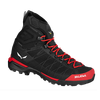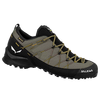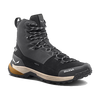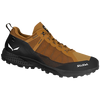Mountaineering Boots for Men
- How to choose the right mountain boots
- What shoes do mountaineers wear?
- What are the main kinds of mountaineering footwear?
- How should mountaineering boots fit?
- Should mountaineering boots be tight?
- What is the difference between mountaineering and hiking boots?
- How do you break in mountaineering boots?















